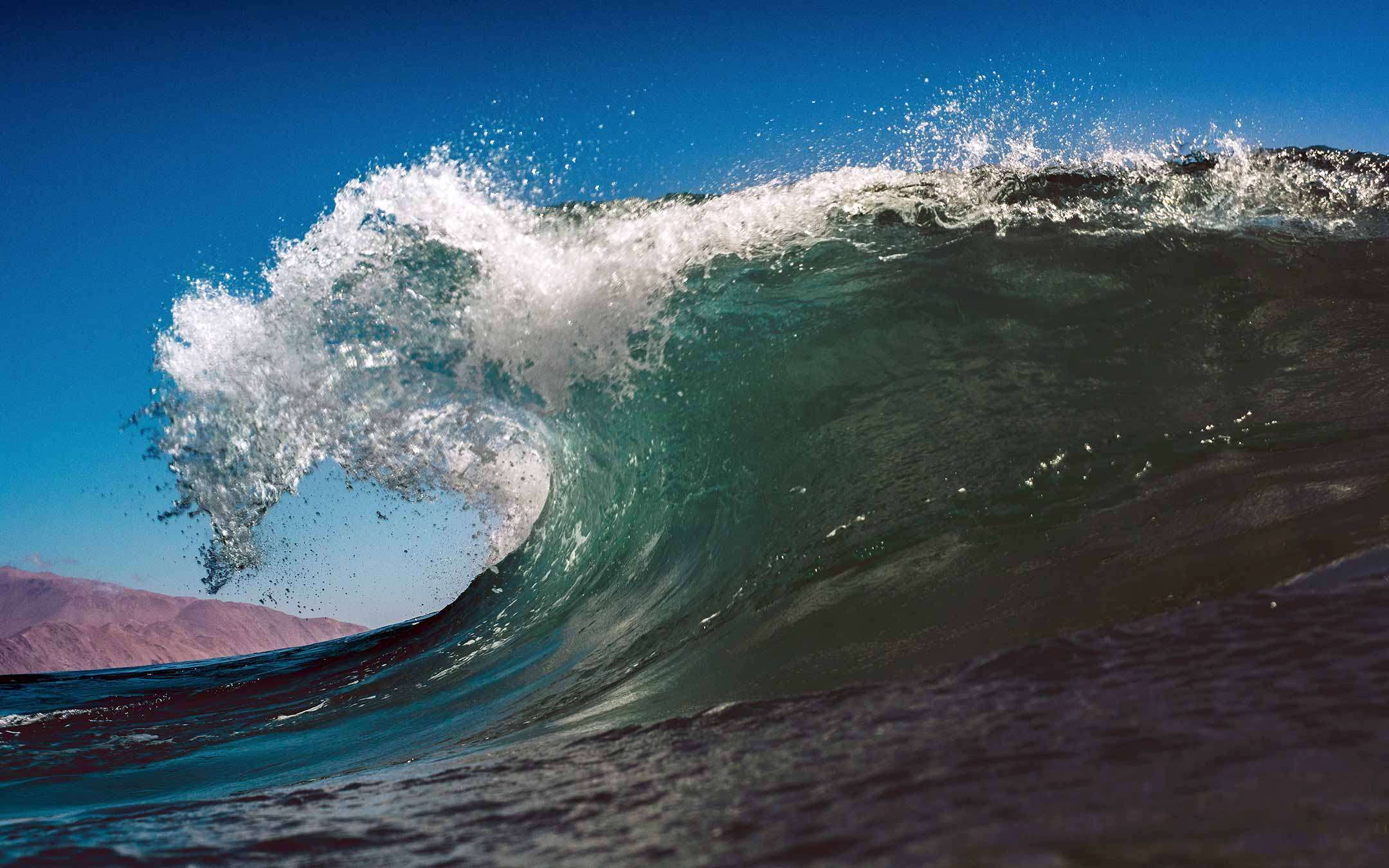
Artificial intelligence to cope with malaria and tsunami
Today we extend the list by pointing out two other initiatives. The first comes from Tel Aviv where the Israeli startup ZzappMalaria has developed and already successfully tested the app of the same name which, by exploiting the AI, aims to curb the spread of malaria. How? By analyzing information such as satellite images and infection reports to identify the areas in which mosquito larvae responsible for transmission are most likely to concentrate, thus helping pest control operators to focus their action where needed most.From a team of researchers in Japan comes the news of a model capable of predicting the arrival of tsunamis, a phenomenon that affects the Asian country in particular, sometimes with disastrous consequences as occurred in 2011. It was realized with the use of the supercomputer Fugaku, to date the most powerful in the world, carrying out about 20,000 simulations and then feeding the results to algorithms instructed in order to anticipate the formation of anomalous waves by analyzing the behavior of the water in the event of an earthquake or a tsunami. What makes the project particularly interesting is the fact that the generated software can be run without too much difficulty from a traditional PC, requiring limited computing power.